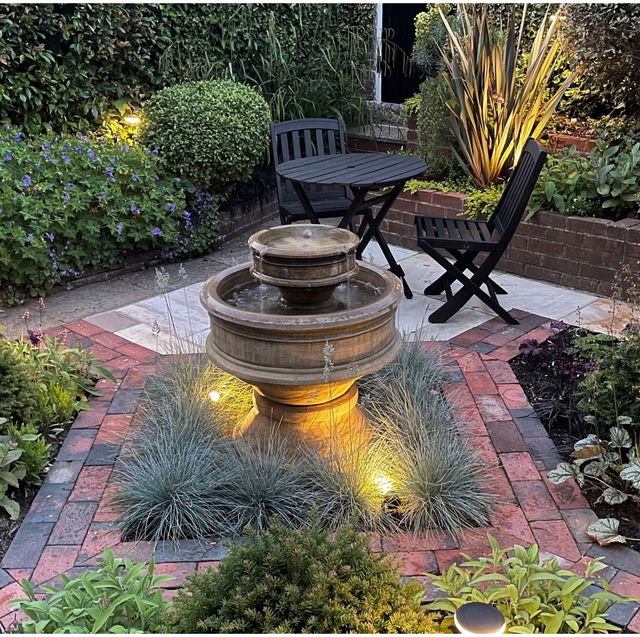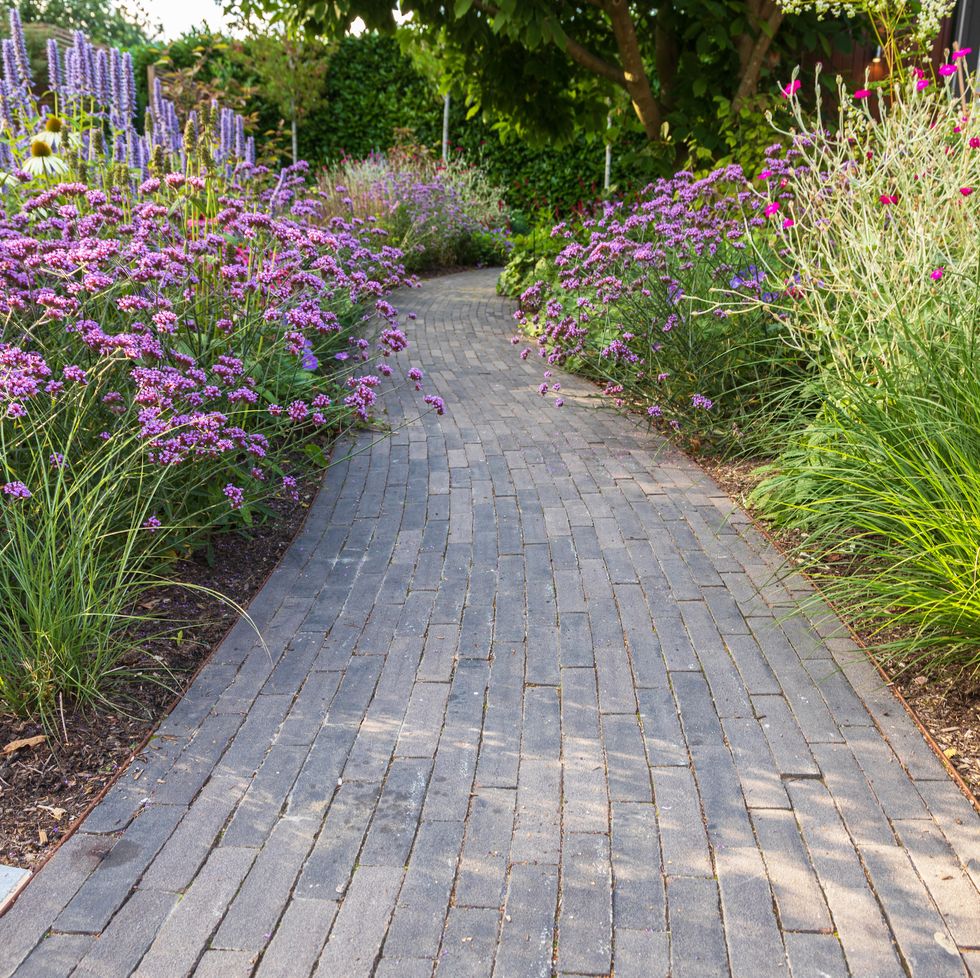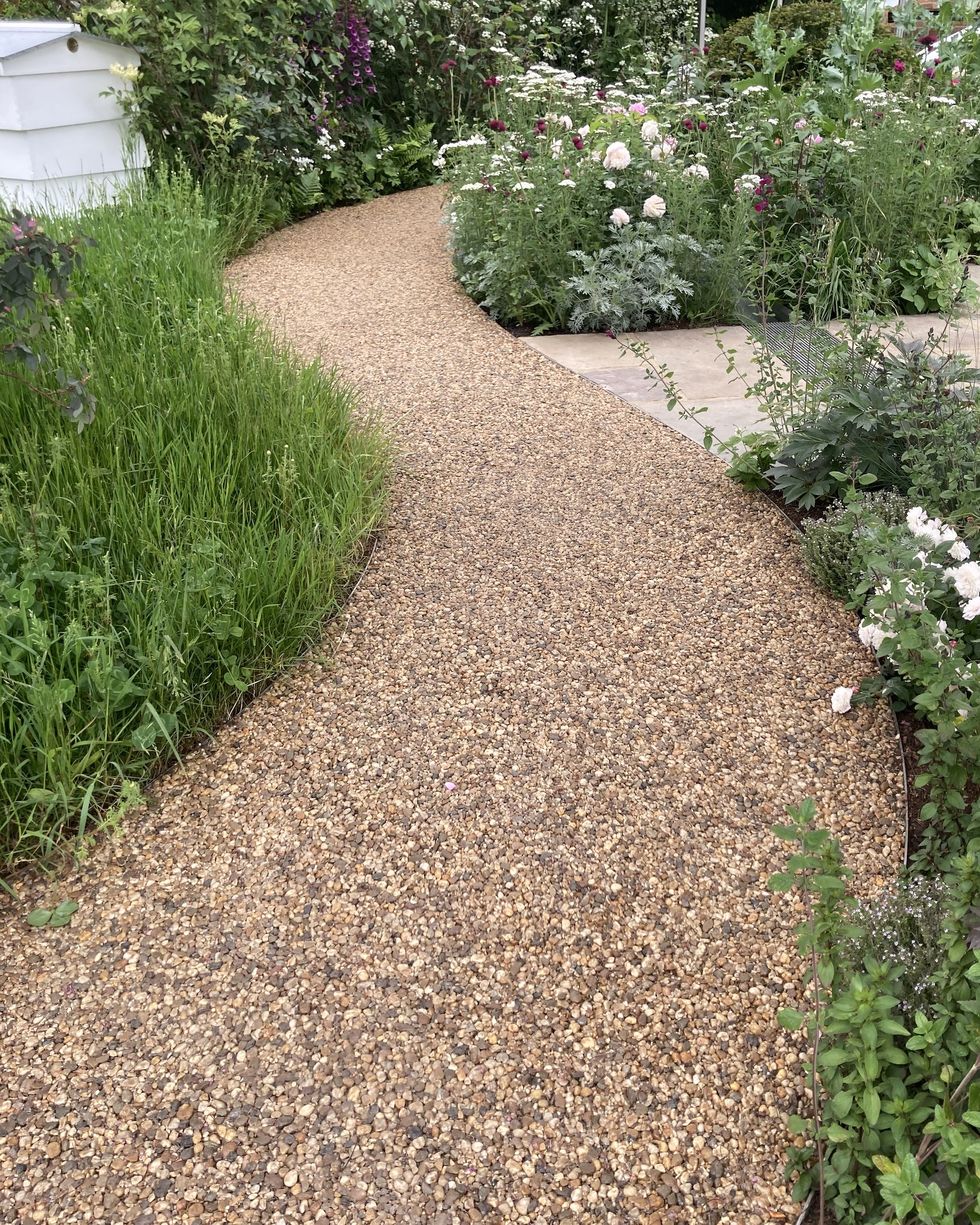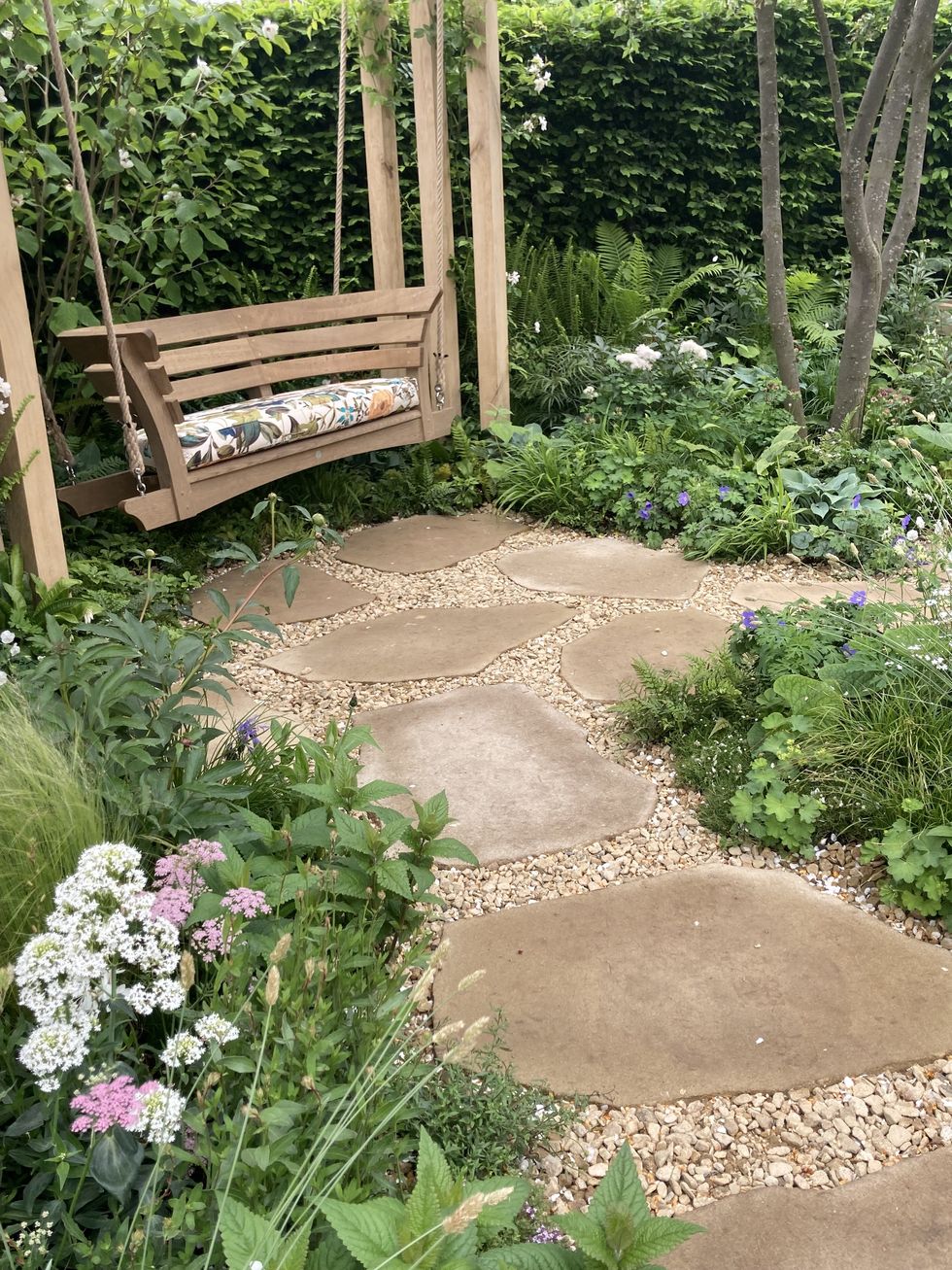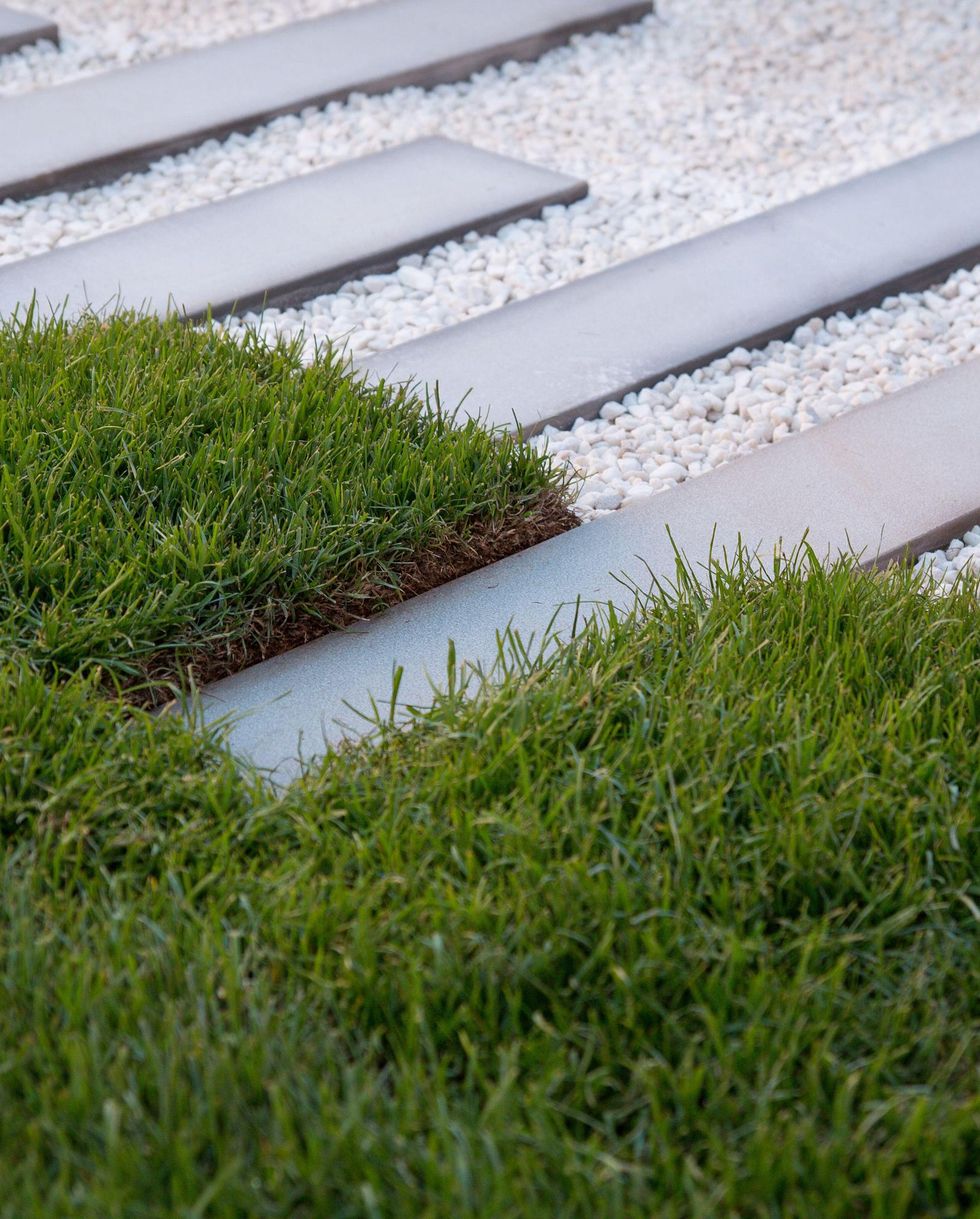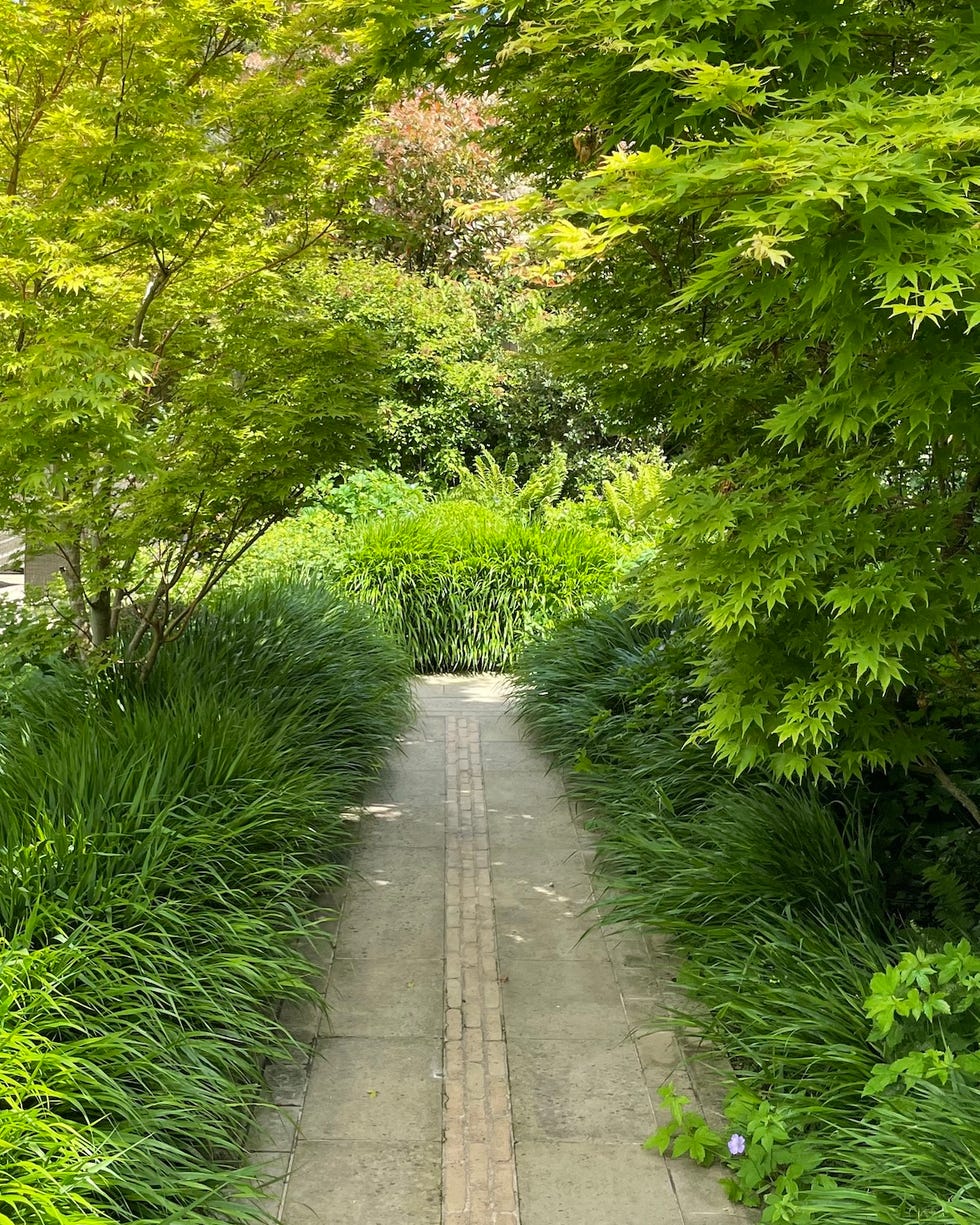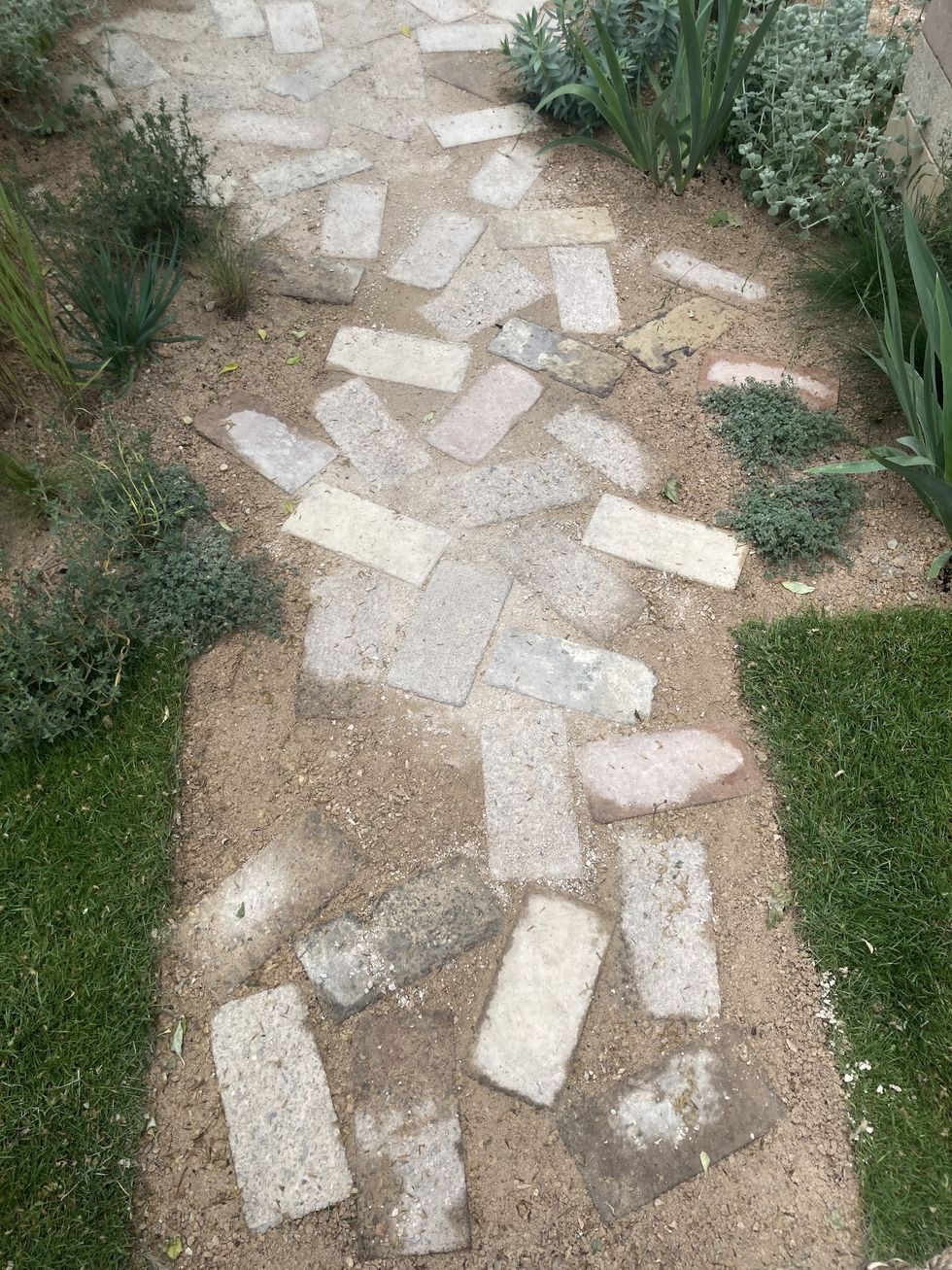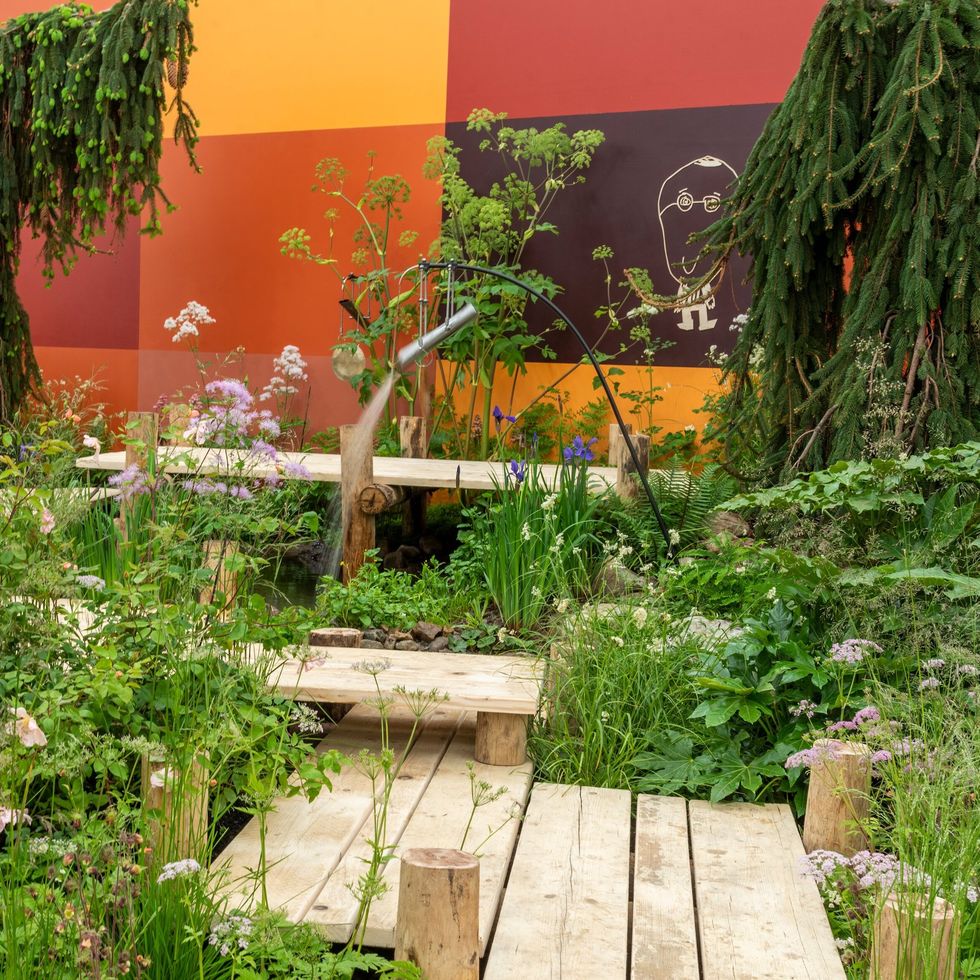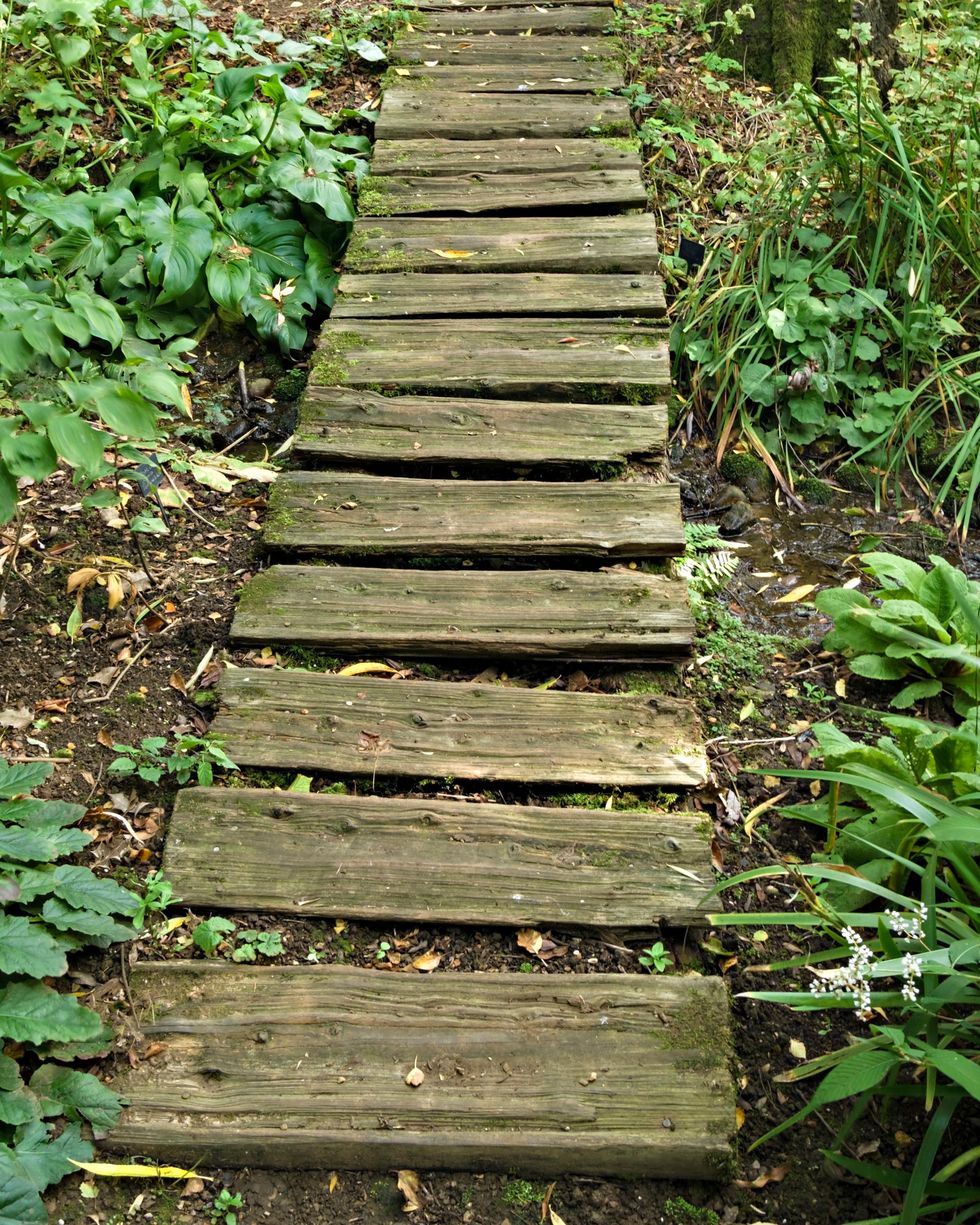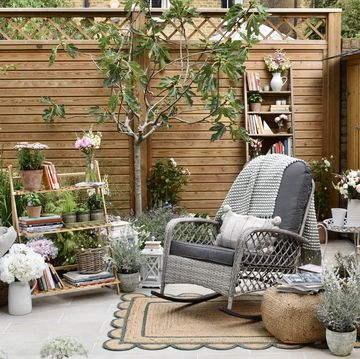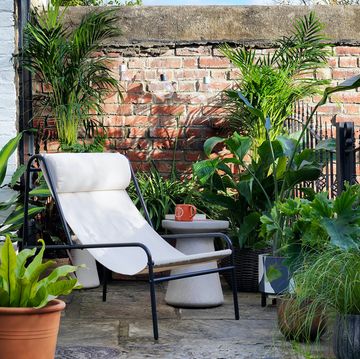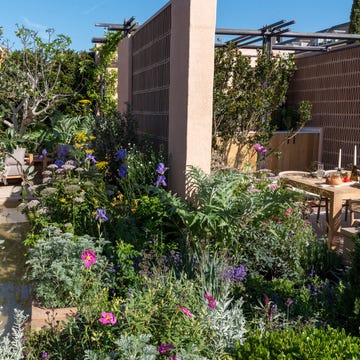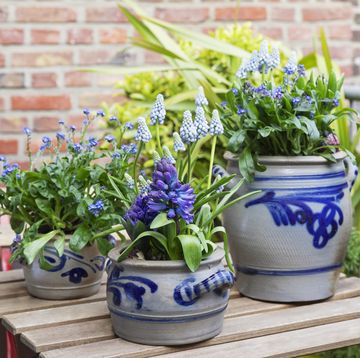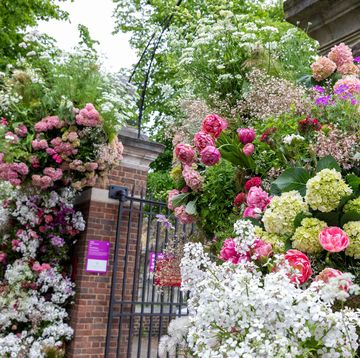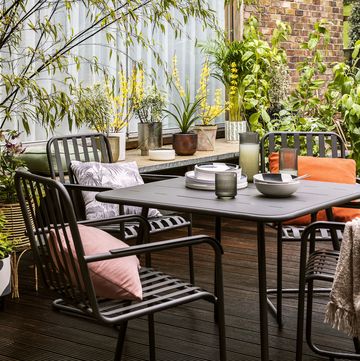10 garden path ideas
Consider the practicalities – accessibility and any drainage issues – as well as the aesthetics.
Most designers agree that garden paths are more than just a functional route from house to shed, patio or pool. They are an integral part of the overall design of a garden.
As garden designer Helen Elks Smith says: 'We position key social spaces and items such as vegetable gardens, glasshouse, pools etc in the best spots for those to work. The next task is to connect those spaces and connect back to the house. Not all paths are equal though – paths are used differently and the important ones will be the ones that you use most.'
When you’re choosing the right path for your garden, think about the practicalities – accessibility and any drainage issues – as well as the aesthetics. Take into consideration the local brick and stonework and do mix materials, but limit your palette to two or three surface types.
Here are 10 suggestions:
Watch Next


Plant combination ideas for container gardens
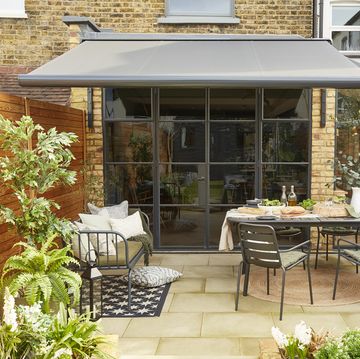
3 garden tips that'll boost your home's value
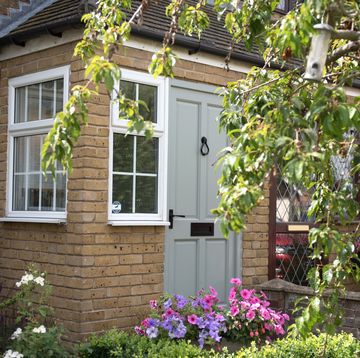
How to give your front garden the wow factor

Golden rules to maintain a long, narrow garden
